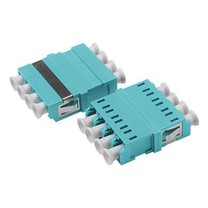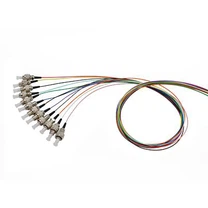
While MTP/MPO connectors offer numerous advantages, they do have some limitations and drawbacks that are worth considering:
Polarity and pinning: MTP/MPO connectors use a specific polarity and pinning scheme to ensure proper fiber alignment and connectivity. This requires careful consideration during installation and maintenance to ensure correct mating and connectivity. Incorrect polarity or pinning can result in signal loss or misalignment.
Higher complexity: Compared to traditional single-fiber connectors, MTP/MPO connectors are more complex due to their multi-fiber design. This complexity can make them slightly more difficult to install, maintain, and troubleshoot.
Cleaning and maintenance: MTP/MPO connectors require proper cleaning and maintenance to ensure optimal performance. The presence of multiple fibers in a single connector means that any contamination or debris can affect multiple channels simultaneously, making cleaning and inspection critical.
Cost: MTP/MPO connectors are generally more expensive than single-fiber connectors due to their higher complexity and the additional materials required to accommodate multiple fibers. The cost of MTP/MPO connectors and associated equipment may be a factor to consider, especially for smaller-scale installations.
Limited backward compatibility: MTP/MPO connectors are not backward compatible with traditional single-fiber connectors. Adapters or conversion modules are required to transition between MTP/MPO and single-fiber connectors, which can add complexity and cost to the overall system.
Despite these limitations, the benefits of MTP/MPO connectors, such as high-density connectivity, faster installation, and improved cable management, often outweigh the drawbacks in scenarios where multi-fiber connectivity is required, such as in data centers or high-bandwidth applications.






